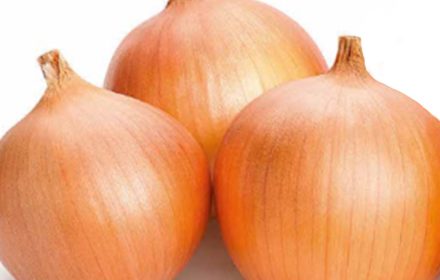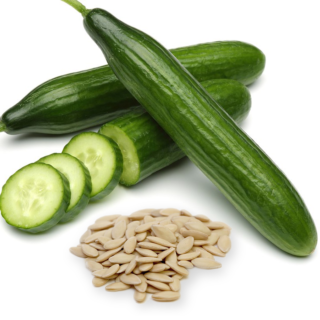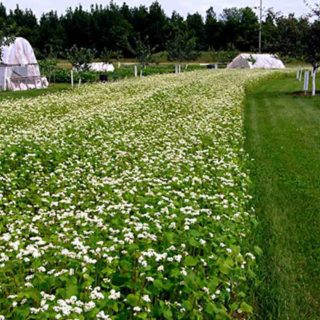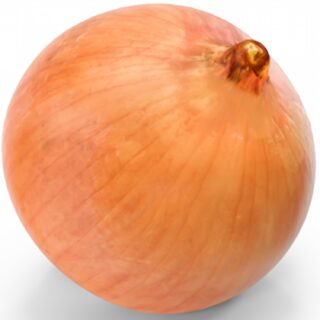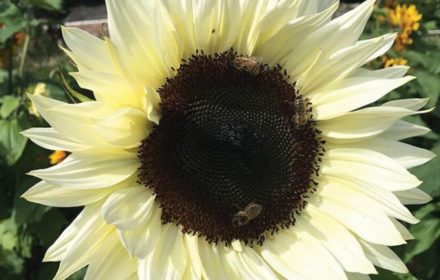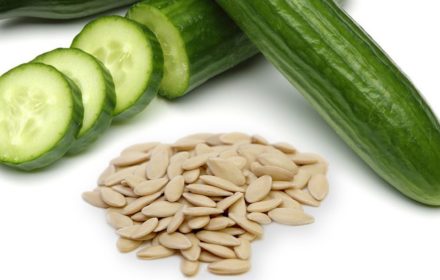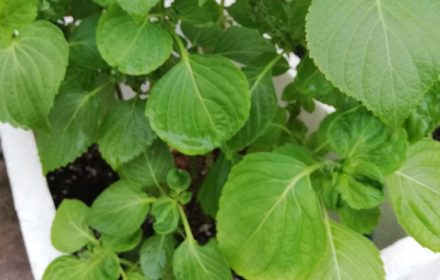How to Sow Purple Giant Aubergine Seeds in the UK
Purple Giant Aubergine is a popular variety known for its high yield and rich, deep purple skin. Its smooth, pale yellow flesh makes it a versatile ingredient in many dishes, including stews, curries, and grilled recipes. Thriving in warm conditions, this vegetable can be successfully grown in UK gardens with proper care, making it a rewarding addition to home gardens and allotments.
When to Sow Purple Giant Aubergine Seeds
- Indoor Sowing: Late winter to early spring (February to April) for an early start to the season.
- Outdoor Sowing: Direct sowing can be done in early spring after the last frost, once the soil has warmed sufficiently.
Sowing Guide for Purple Giant Aubergine from Seed
Indoor Sowing
- Containers: Use pots, seed trays, or modules filled with free-draining seed compost.
- Sowing Depth: Sow seeds 1/4 inch (6 mm) deep and cover lightly with fine compost or soil.
- Germination Temperature: Maintain a warm temperature of 21–26°C (70–79°F) using a heated propagator or a warm windowsill.
- Moisture: Keep the compost moist but not waterlogged throughout germination, which typically takes 10–20 days.
Outdoor Sowing
- Location: Choose a sunny, sheltered spot with fertile, well-drained soil.
- Sowing Depth: Sow seeds at the same depth as indoor sowing.
- Timing: Wait until all frost risk has passed, and the soil has warmed to sow directly outdoors.
Transplanting and Spacing
- When to Transplant: Transplant seedlings when they are 3–4 inches tall and have at least two sets of true leaves.
- Hardening Off: Gradually expose indoor-grown seedlings to outdoor conditions over a week by placing them outside during the day and bringing them back in at night.
- Spacing: Space plants 20–30 inches apart to provide enough room for healthy growth and airflow.
Caring for Purple Giant Aubergine Plants
- Watering: Water regularly to maintain consistent soil moisture. Increase watering during hot or dry spells but avoid waterlogging, which can lead to root rot.
- Feeding: Feed weekly with a potassium-rich fertiliser, such as liquid tomato feed, once plants start flowering to encourage healthy growth and abundant fruit production.
- Providing Support: As plants grow and begin to bear fruit, provide support using stakes or cages to prevent stems from breaking under the weight of the aubergines.
Pest and Disease Management
- Slugs and Snails: Protect seedlings using organic slug pellets, copper tape, or physical barriers.
- Aphids: Inspect plants regularly and remove any aphids by hand or use organic insecticidal soap if infestations persist.
- Fungal Diseases: Ensure good air circulation and avoid overhead watering to minimise the risk of fungal issues.
Harvesting Purple Giant Aubergines
- When to Harvest: Pick the fruit when it is firm, glossy, and has reached its full size of 5–6 inches. Avoid harvesting overripe aubergines, as the skin will lose its shine and become dull.
- Continuous Harvesting: Regularly picking the mature fruit encourages the plant to produce more throughout the growing season.
Common Questions About Growing Purple Giant Aubergines
- Can I grow aubergines in containers? Yes, aubergines grow well in containers as long as they are large and deep enough (at least 12 inches). Ensure good drainage and use a nutrient-rich compost.
- How long does it take for aubergines to mature? Aubergines typically mature 70–90 days after planting, depending on the growing conditions.
- How can I increase fruit production? Feed regularly with potassium-rich fertiliser and ensure the plants receive sufficient sunlight (6–8 hours daily). Pollination can also be encouraged by gently shaking the plant or using a soft brush to transfer pollen between flowers.
- What is the best way to store harvested aubergines? Store freshly harvested aubergines in a cool, dry place. They can be refrigerated for up to a week or frozen after cooking for long-term storage.
Purple Giant Aubergines are a delicious, productive crop that adds flavour and colour to any dish. By following these guidelines, you can enjoy abundant harvests of this versatile vegetable throughout the growing season in your UK garden.
Frequently Bought Together
-
Welldales Garden Wonderland Mix
£3.79 – £5.79Price range: £3.79 through £5.79





